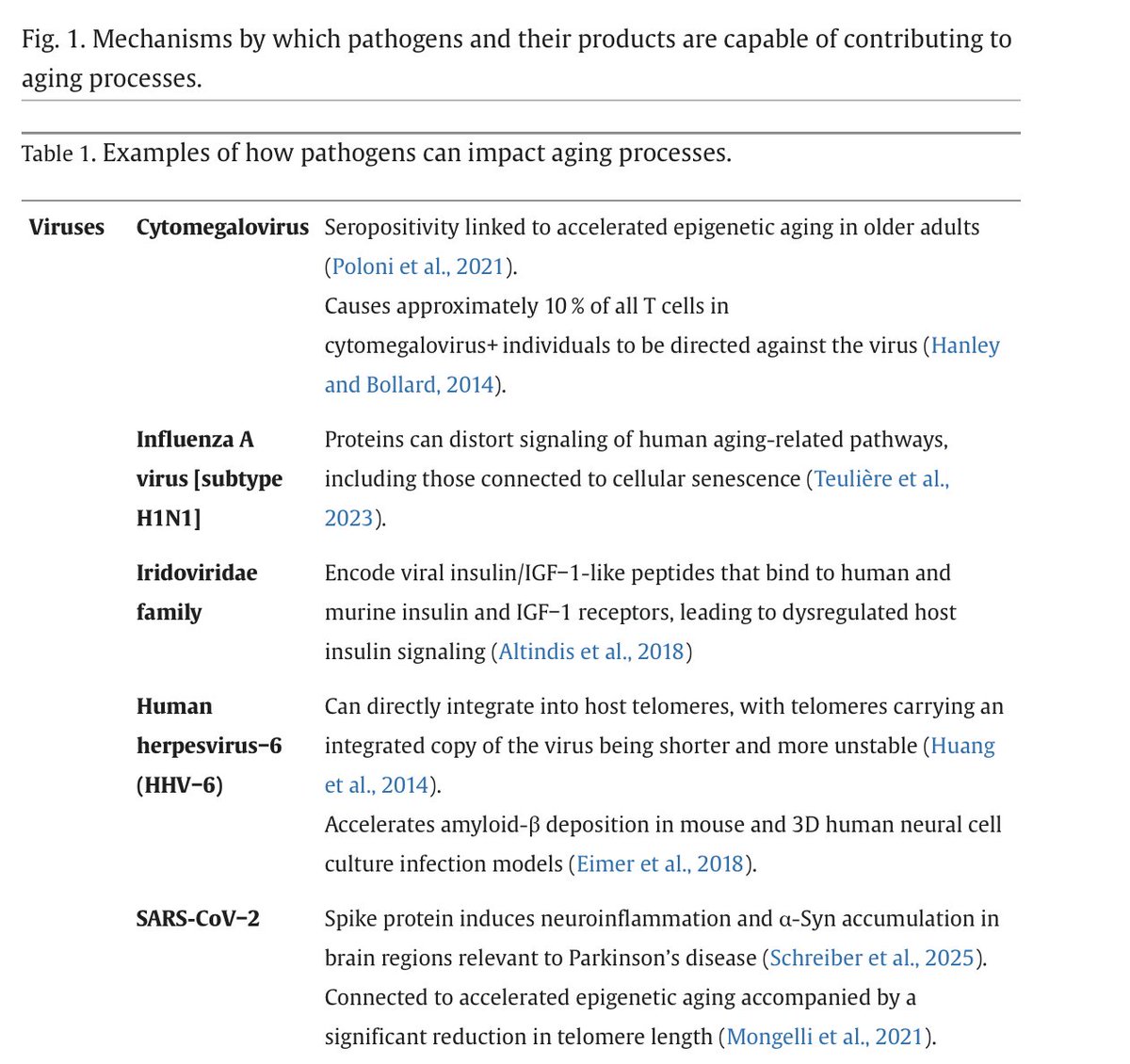Very cool to see this hypothesis/paper w/ good examples of how conditions involving #microbiome/persistent infection may, at least to some extent, be communicable. It is indeed a very important consideration for public #health that I have called for myself over the past decade
https://twitter.com/CIFAR_News/status/1218181390371577856
2/ In that sense I wouldn’t personally call it a “radical new hypothesis.” A similar hypothesis formed the backbone of my graduate thesis and is already supported by a large body of evidence. Here’s a 2014 paper where our team goes into the topic: ncbi.nlm.nih.gov/m/pubmed/24882… 

3/ We created this “wheel of co-morbidity” to show how often patients w/ 1 chronic condition develop a 2nd or 3rd - supporting a role for #microbiome-driven modulation of host metabolic/genetic pathways in the #diseases, w/ examples of how they involve communicable components 

4/ This 2011 book chapter we wrote for @JCVenterInst has further examples of how chronic conditions may be communicable (case cluster studies, #organisms passed among family members etc). Check it out @FinlayLab @EranElinav @PTurnbaugh!: microbeminded.com/wp-content/upl… 



5/ One thing - I don’t want to scare people w/ these tweets! Please read the book chapter I posted for exact details/data/studies indicating that certain organisms (or communities of organisms) MAY be communicable under very specific circumstances
6/ Also we need way more research. Often work has not been done to tell if an organism might have been directly passed b/t individuals w/ similar symptoms...or if a shared organism(s) might have been present in water/food/housing etc of individuals in shared environments
7/ After reading 100s of papers on the topic a trend that repeatedly stands out is that immunocompromised people seem more susceptible to the possibility of shared organisms. In other words, a healthy immune response seems to at least mitigate organism transfer tied to disease
8/ That’s why I push the scientific community to challenge immunosuppression as the current standard of care for conditions increasingly tied to microbiome driven dysfunction (including those tied to an outdated model of “classical autoimmuity”) More here: microbeminded.com/2018/04/16/re-… 

9/Also we must pay more attention to pathogens - or dysbiotic communities of organisms - capable of persisting in the womb and being vertically transmitted from mother to child. Otherwise we run the risk of over assuming chronic symptoms might be communicable via other mechanisms
• • •
Missing some Tweet in this thread? You can try to
force a refresh








